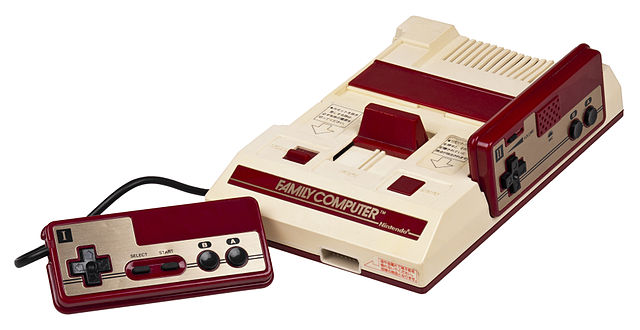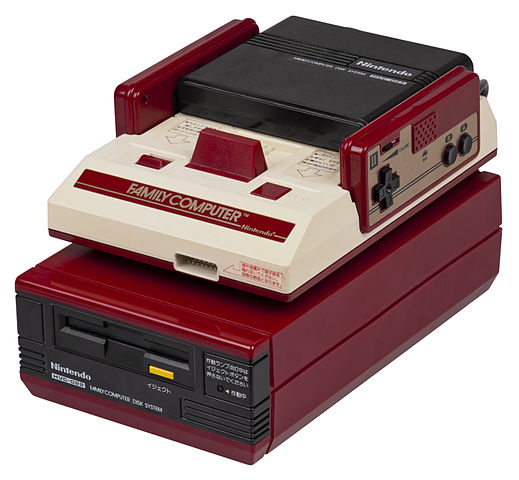


Nintendo Famicom Review - The Console That Changed Gaming Forever
The Nintendo Family Computer (Famicom), released in 1983 in Japan, is one of the most influential gaming consoles of all time. Known as the Nintendo Entertainment System (NES) outside Japan, the Famicom laid the foundation for modern gaming, reviving the industry after the early '80s video game crash.
The Famicom sports a distinct red-and-white color scheme, making it instantly recognizable. Unlike the NES, it features hardwired controllers, meaning they cannot be removed or replaced easily. While this design choice limits flexibility, the controllers are comfortable to hold, with a simple two-button layout (A and B) alongside a D-pad. The built-in microphone on Player 2's controller is a quirky addition, used in a handful of games like Zelda no Densetsu (The Legend of Zelda).
However, one of the system's weaknesses is its top-loading cartridge slot, which can be prone to dust and connection issues, requiring players to remove and reinsert cartridges multiple times for them to work.
The Famicom's biggest strength is its legendary game library. Many of Nintendo's most iconic franchises were born here, including:
Beyond first-party titles, the Famicom saw support from major developers like Konami, Capcom, and Square, leading to a diverse library that covered platformers, shooters, RPGs, and puzzle games.
For its time, the 8-bit graphics of the Famicom were impressive. Games featured detailed sprites, colorful environments, and smooth scrolling, setting it apart from earlier consoles. The sound chip produced memorable chiptune music, with iconic soundtracks like Super Mario Bros. and The Legend of Zelda still beloved today.
However, early Famicom models lacked a lockout chip, meaning third-party and unlicensed games flooded the market. While this allowed for a variety of unique titles, it also led to some poor-quality games making their way onto the system.
Nintendo experimented heavily with peripherals, some of which were ahead of their time:
While not all of these were widely adopted, they showcased Nintendo's ambition to push gaming forward.
The Famicom single-handedly revitalized the video game industry, laying the groundwork for home gaming as we know it. Its influence can be seen in nearly every modern console, and its games remain timeless classics that are still enjoyed today.
The Nintendo Famicom is more than just a console-it's a piece of gaming history. While its design has some flaws, and some peripherals were more experimental than practical, its unparalleled game library and impact on the industry make it one of the greatest gaming systems of all time.
Score: 9/10
✅ Legendary game library
✅ Pioneering 8-bit graphics and music
✅ Introduced many of Nintendo's greatest franchises
✅ Strong third-party support
❌ Hardwired controllers limit flexibility
❌ Top-loading cartridge slot prone to issues
❌ Some peripherals were gimmicky
If you're a retro gaming fan, the Famicom is a must-own console that defined an era and still holds up today.